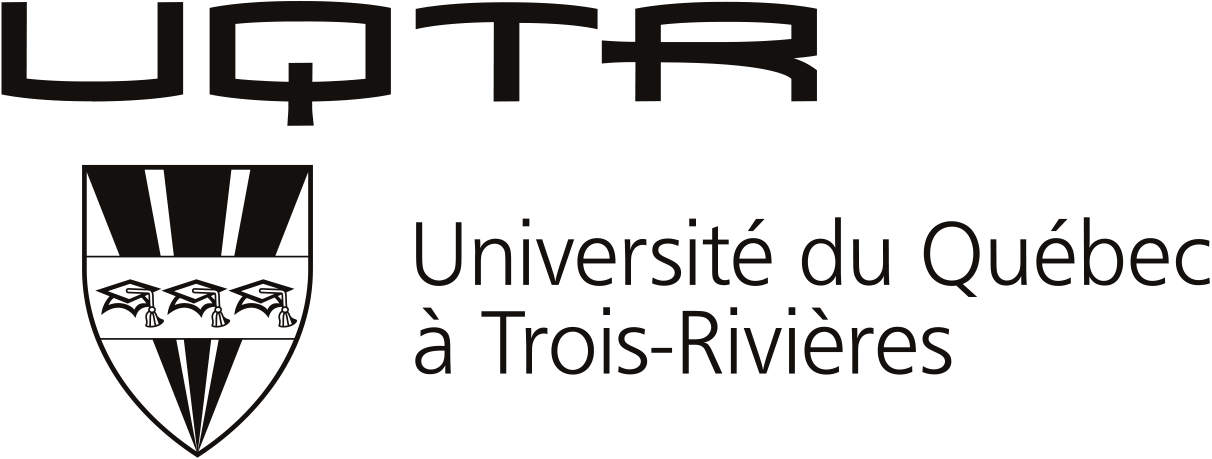Applications du Principe de Premack par les parents d’un enfant autiste
Applications of the Premack Principle by the parents of an autistic child
Mots-clés :
Autisme infantile, Parent d'enfant handicapé, Punition, Québec, Renforcement, Thérapie du comportement, Childhood Autism, Parent of a Disabled Child, Quebec, Reinforcement, Behavioral TherapyRésumé
Le but de cette étude était d’évaluer, à partir d’un plan de recherche à cas unique, l’efficacité de contingences de renforcement et de punition découlant du Principe de Premack. Dans l’Intervention 1, un jeune garçon autiste qui au début refusait de se vêtir à la maison, le fit quoique graduellement lorsque l’accès à des comportements de haute probabilité (CHP), comme des privilèges, devint contingent au comportement de faible probabilité (CFP) d’enfiler un vêtement. Dans l’Intervention 2, cet enfant qui au début urinait (CHP) avec ou sans selle par terre, cessa rapidement de le faire lorsque ce CHP était suivi du CFP d’enfiler un pantalon molletonné. Les implications théoriques et pratiques de cette étude sont discutées.
Abstract
This study assessed the effects of reinforcement and punishment contingencies derived from the Premack Principle, using a single-subject design. In the first intervention, a young autistic boy who at first refused to wear clothes at home, complied although only gradually to that request when access to high probability behaviors (HPB), e.g., privileges, were made contingent upon the low probability behavior (LPB) of putting on pieces of clothing. In the second intervention, an inappropriate HPB, namely urinating on the floor with or without a bowl movement, was rapidly eliminated when it was systematically followed by a LPB, namely, putting jogging pants on. Theoretical and practical implications are discussed.


